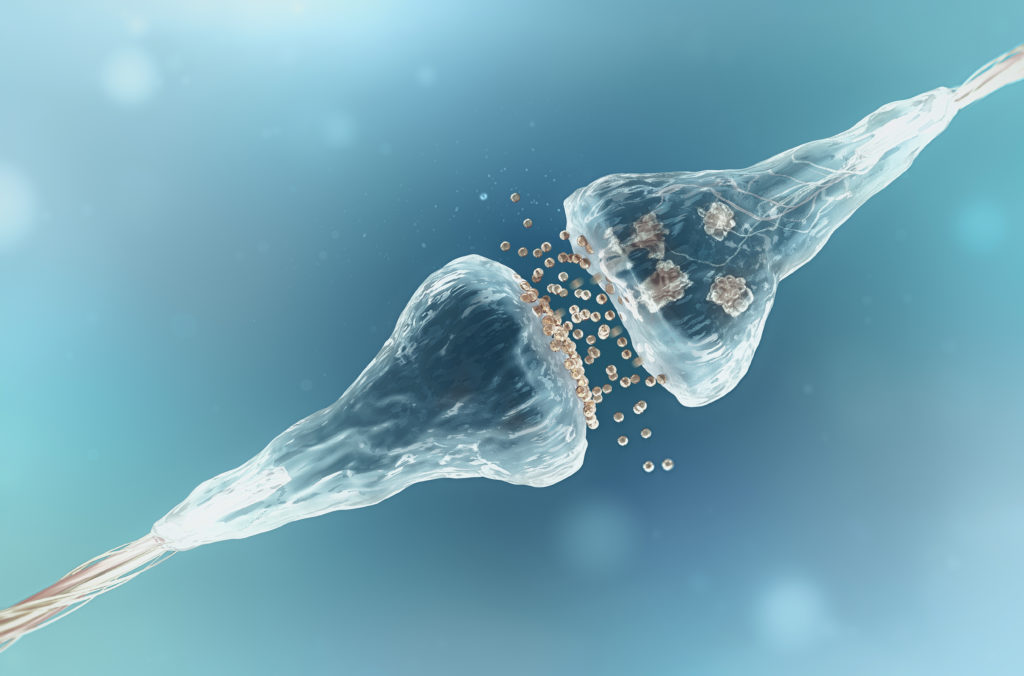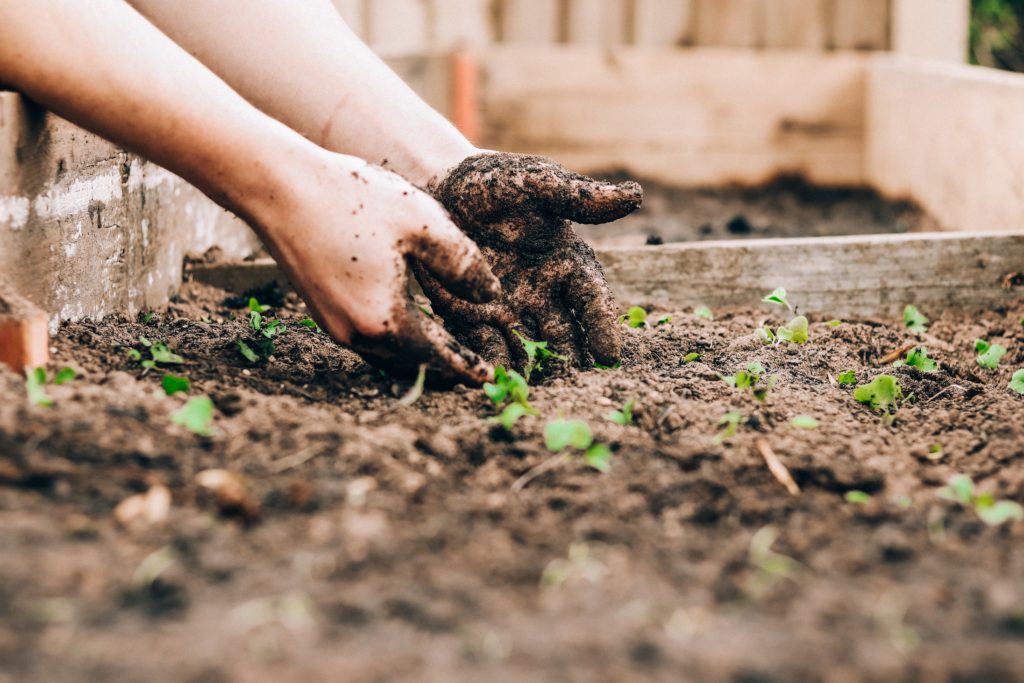A diverse gut microbiome is trending right now and for good reason! Diversity of bacteria, fungi and protozoa in our guts — the different species of microbes you carry within your microbial system — is something that most microbiome experts agree upon as being important for not just your gut health, but for overall health — blood sugar, weight, mental health and cognitive abilities.
If you want to really be wowed, the number of bacterium and eucaryote cells in our body are about a one-to-one ratio. In fact, for a 150 pound, 30 year old man, that would equate to 30 trillion eucaryote cells, and 39 trillion bacteria cells, according to scholars at Weizmann Institute of Science in Rehovot, Israel. The reality is, we and our guts, or our enteric nervous system, (where we have as many 100 million neurons, or brain cells) – are naturally bacteria-rich and diverse. When we lack that diversity, we suffer a myriad of issues. See, we need that diversity to ensure the protection of our autonomic nervous system, vagal tone and communication from viscera-to-brain, and brain-to-viscera.

What’s scarier is that studies find that those with low diversity, which tend to be those who live in urban environments, are prone to allergic disease, pathogen dominance, or infection by microbes such as C. difficile. Loss of diversity is correlated with Crohn’s, Colitis, MS, Cancer, and more. And once certain microbes are lost, the loss transpires from generation to generation.
But What Causes a Loss of Diversity?
While no one wants to intentionally reduce microbial diversity, things like living in an urban environment, and not regularly spending time out in the dirt can lead you to be, well, a little less than diverse. That said, there are other factors as well. Things like:
- C-section birth
- bottle-feeding
- antibiotic use or other medications
- food poisoning
- food sensitivities
- lack of community or access to the outdoors
- excess stress
- low stomach acid
- toxic exposures including but not limited to heavy metals, excess alcohol intake, and poor sleep.
So what can you do to replenish your diversity?
Are you stressed out yet? For many, these factors aren’t even in our control – but there are a few things you can do to get your guts a little more diversified.
Tip One: Eat a diverse diet with at least 40 different plant foods
This can include different herbs, spices, varieties of vegetables (ie. butternut vs. spaghetti squash), legumes, and grains – I encourage my clients to meal-plan for this. You can plan out your grocery list and main meals for the week, all while counting how many different foods you’ll be able to get in and adding more wherever possible. Don’t be afraid to try new things you find at the grocery store or farmers’ market, even if it looks foreign. Remember it should be fun, not stressful. So take on learning how to cook new and different foods as an adventure.
Tip Two: Avoid herbicide-laden foods
You can use the dirty dozen/clean fifteen lists created by the EWG to decide which foods are important to purchase with an organic label. If you shop at farmer’s markets you can ask which farmers avoid using herbicides. Unfortunately, many are not easily washed off your veggies, so avoidance is the best method. Organic produce is great for diversifying microbial matter and getting loads of rich flavonoids, or plant anti-stress compounds. Because the produce hasn’t been sprayed with herbicides and pesticides has to develop its own defenses, and therefore produces phytochemicals. Phytochemicals help us to combat oxidative stress – and again, keep things varied!

Tip Three: Grow a garden!
Exposure to soil and soil-based microbes is like a booster for your microbiome and mood! If you can’t grow a garden outside, try growing a couple of indoor plants, making sure to re-pot and re-soil them each year. If you are new to indoor plants, try growing succulents, cacti, or Monstera. They are quick to grow indoors while being low maintenance.
Tip Four: Sharing your microbiome is caring
Studies have found that those who participate in community activities are more likely to have a diverse microbiome. In fact, in a recent study expressed that married spouses have more similar microbiota than siblings! It was found that those married individuals who reported nurturing close relationships had the greatest levels of microbiota diversity. In other words, it’s time to hoist your spouse from the couch and that juicy Netflix series you’ve been watching, and invite your couples friends over for dinner. Better yet, plan a group date where you spend some butt-in-grass time, picnicking with friends and sharing your microbes!
Tip Five: Get a pet or visit a petting zoo!
Our surroundings wholly impact our microbiome, including those you spend time with. And our skin, guts, mouth, and various other parts of our bodies are significantly impacted by all of these surroundings. In fact, when the skin microbiome of 60 families were studied, couples with dogs, children, both or neither. Those with dogs, who snuggled with their furry friends, shared more skin microbiota with their dogs – granting them more bacteria, fungi, and arcahea than those who were petless. Need to convince your husband to get a dog? Tell him that Golden Retriever is for your health.
Tip Six: Treat your oral microbiome the same way that you’d treat your gut
Your oral microbiome – all the microorganisms that live alongside your pearly whites – is the gateway to your digestive tract. While we may want to get rid of that less than sexy morning breath, avoiding using harsh products and over-eating processed foods and carbohydrates is important. These can disrupt the incredibly sensitive ecosystem which inevitably has a trickle-down effect to your gut and other aspects of health. If you’re looking to feel fresh and clean, (aside from flossing!) try using products that contain Xylitol, Hydroxyapatite, or Green Tea instead of the chemicals you can’t pronounce in one breath. These are all supportive of a healthy oral microbiome.
And finally, make sure you stick with it! Building a diverse and healthy microbiome is a journey. Go slow and enjoy the process!
Sources
Vangay, P., Ward, T., Gerber, J.S., and Knights, D. (2015) Antibiotics, pediatric dysbiosis, and disease. Cell Host Microbe 17: 553–564. https://doi.org/10.1016/j.chom.2015.04.006
Anuradha Ravi et al (2019) Loss of microbial diversity and pathogen domination of the gut microbiota in critically ill patients. Microbial Genomics. Vol 5 Issue 9. https://doi.org/10.1099/mgen.0.000293
Sonnenburg, E., Smits, S., Tikhonov, M. et al. Diet-induced extinctions in the gut microbiota compound over generations. Nature 529, 212–215 (2016). https://doi.org/10.1038/nature16504
Masaru Tanaka, Jiro Nakayama (2017) Development of the gut microbiota in infancy and its impact on health in later life, Allergology International, Volume 66, Issue 4
Bhatt et al (2017) The role of the microbiome in cancer development and therapy. CA A cancer journal for clinicians. Vol 67 Issue 4. https://doi.org/10.3322/caac.21398
Alexis Mosca et al (2016) Gut Microbiota Diversity and Human Diseases: Should we reintroduce key predators in our ecosystem? Front. Microbiol. https://dx.doi.org/10.3389%2Ffmicb.2016.00455
